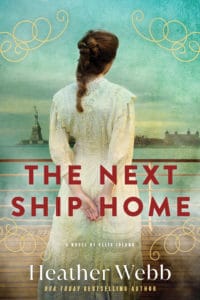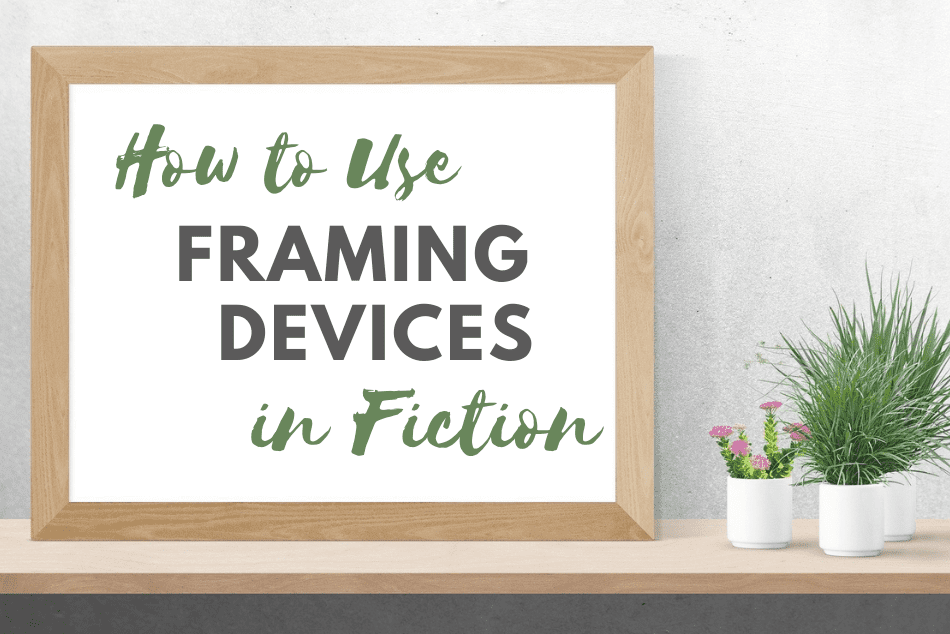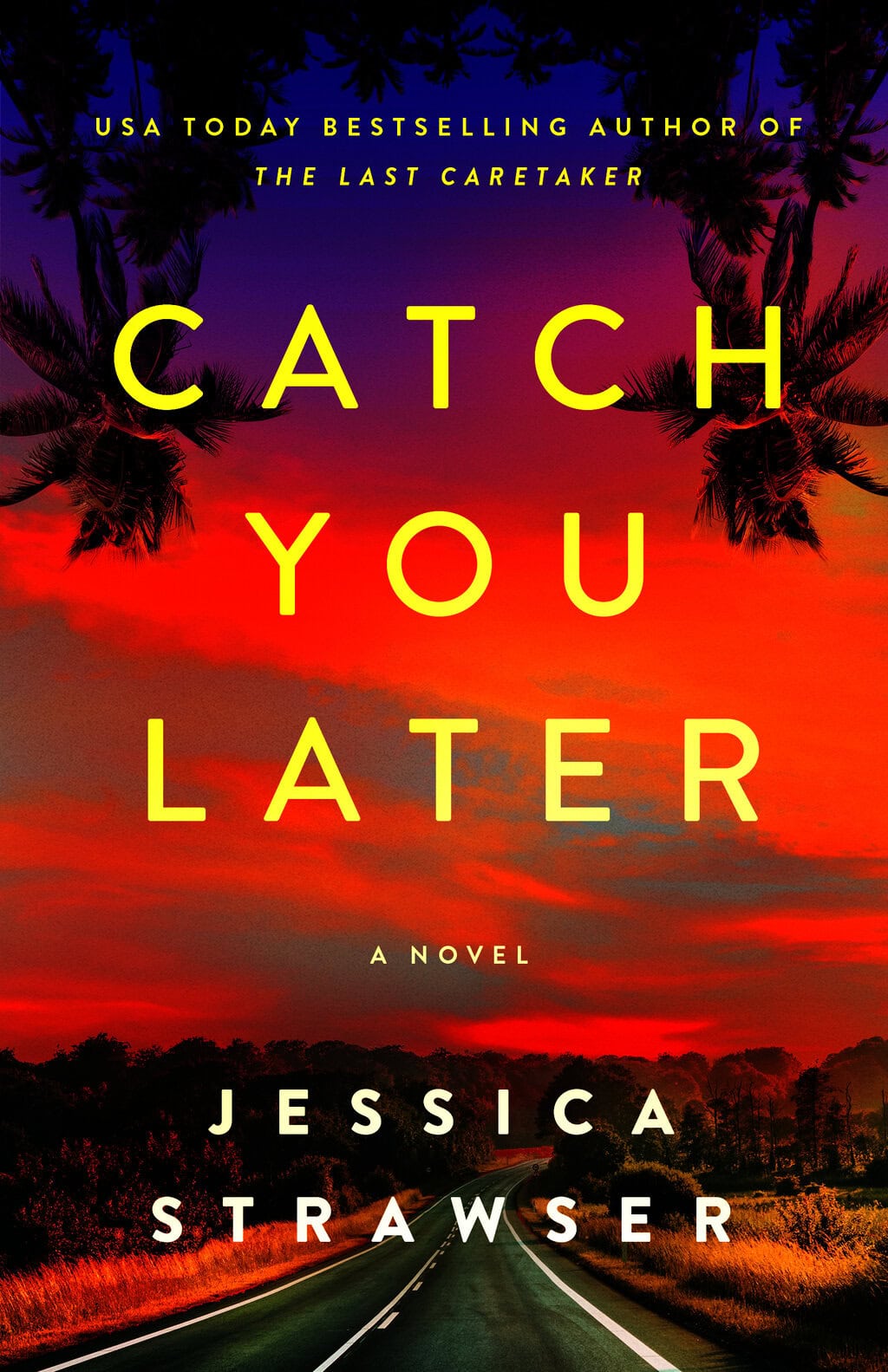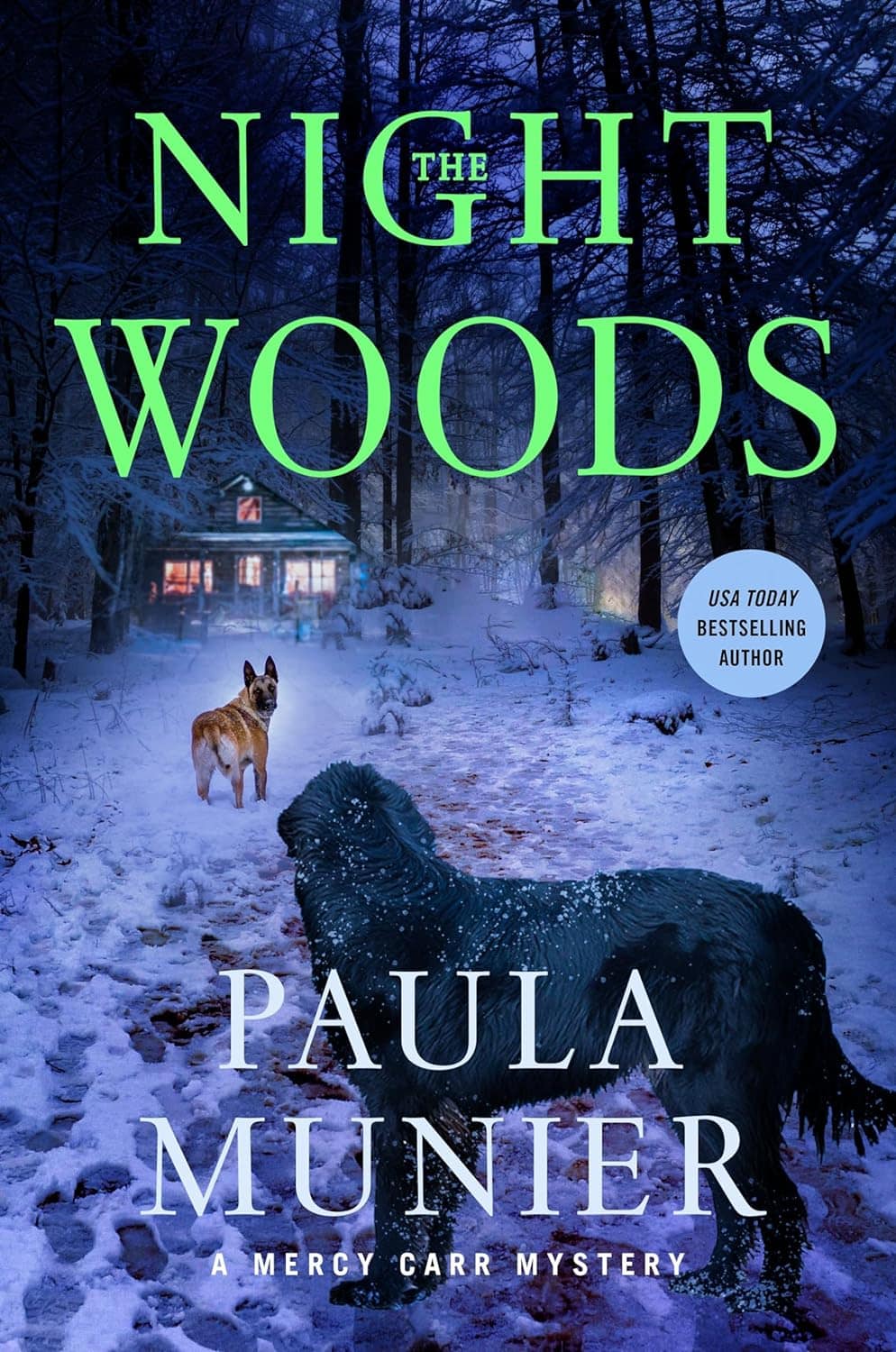by Heather Webb
Of all the craft articles out there, I’ve seen few that address the topic of framing devices. It’s as if they belong only to film and TV series, and yet, that’s entirely untrue. Framing devices are a clever and handy way to make certain elements of your novel pop, and in fact, they’re useful for many reasons. First, we need to understand what they are, precisely, and then look at how we can utilize them as novelists.
A framing device is a literary tool that very often wraps your main story with a shorter, secondary story. The stories are linked and feed each other. Framing devices can be used quite creatively, but often serve one of these purposes:
- To create structure and help with narrative flow by dividing the main story into sections
- To add tension
- To bring in multiple voices
- To plant clues or foreshadow
- To illuminate backstory of the main character(s) in a way that sheds light on the present-day events or character traits/traumas
What framing devices actually looks like can vary, but the rule of thumb is to ensure they truly serve the story and aren’t superfluous. Here are a few ideas for story elements that may be positioned as framing devices:
- Newspaper articles
- Letters
- Poems
- Songs
- Interviews
- Nested stories, or dual timelines
If you’re unsure which device to use, experiment! That’s part of the fun of writing; trying on different styles and attempting something bold or challenging with each new book to keep things fresh for you as well as your readers.
Ideas for Framing Historical Fiction
In my upcoming novel, The Next Ship Home, a novel of Ellis Island, I played around with several devices. Initially, I wanted to use excerpts of immigrant interviews from the Oral History project to surround the central story of my two main characters: a first generation German-American woman who works at Ellis Island, and an Italian immigrant who attempts to pass through the immigration center quickly and begin a new life, only to meet many obstacles.
I thought that by incorporating various immigrant voices in these snippets between chapters, the reader would get a stronger sense of the millions of people that passed through Ellis Island, how vastly different they were from each other, and yet how similar their needs and hopes and dreams were.
Problem is, it didn’t work! The interviews wound up giving the narrative a cluttered feel, and it was confusing to switch from a random person’s voice that didn’t appear in the story at all back to those of my main characters. I tried replacing the Oral History snippets with the voices of my secondary characters instead, but the story became unwieldy. I was sad to lose that frame, but it was the right call.
So, I tried something else: I framed the main story in short fictional newspaper clippings based on real ones found in the NYT archives that showed what the conditions were like at Ellis Island—foreshadowing what was to come for my protagonists. The articles helped add tension and also sped up the pace. I’d call that success!
Ideas for Framing Contemporary Suspense
An example of a novel that uses interviews very effectively is Big, Little, Lies by Liane Moriarty. A detective interviews a cast of characters who were in attendance at a party that turned into a crime scene. Each interview sheds light on the various characters and their personality/motivations/intentions, giving the detective—and the reader—a view into what happened that disastrous night in tiny bites of information. They’re perfect at adding insight into the characters’ minds, but also at creating a lot of tension. This is what you want your framing device to achieve.
Ideas for Breaking It Down
Another way to create interesting structural components for your novel is to divide your book into parts. Keep in mind, though, that once again, these structural components should be used to add meaning to the story. If they get in the way for any reason, they should be abandoned.
For example, you might divide the narrative by:
- Acts
- Other poignant turning points in character development or plot
- Dates
- Location
While it isn’t necessary to use framing devices or to divide your book into parts, it can certainly add a little something… and sometimes it can add a big something that makes the book more emotional, exciting or tense, or helps the story resonate more strongly.
So experiment! Be bold. Introduce story elements in different ways. In the end, it may offer your readers a richer reading experience and it can give you, the writer, a more challenging and satisfying journey to the finish line.
What are some framing devices that you like best as a reader? Have you tried them in your own writing? Join our discussion on Facebook.

 Heather Webb is the USA Today bestselling author of seven historical novels. In 2015, Rodin’s Lover was a Goodread’s Top Pick, and in 2018, Last Christmas in Paris won the Women’s Fiction Writers Association STAR Award. Meet Me in Monaco was selected as a finalist for the 2020 Goldsboro RNA award in the U.K., as well as the 2019 Digital Book World Fiction prize. The Next Ship Home, a novel of Ellis Island, releases Feb. 8, 2022. To date, Heather’s books have been translated to 16 languages. She lives in New England with her family, a mischievous kitten, and one feisty rabbit.
Heather Webb is the USA Today bestselling author of seven historical novels. In 2015, Rodin’s Lover was a Goodread’s Top Pick, and in 2018, Last Christmas in Paris won the Women’s Fiction Writers Association STAR Award. Meet Me in Monaco was selected as a finalist for the 2020 Goldsboro RNA award in the U.K., as well as the 2019 Digital Book World Fiction prize. The Next Ship Home, a novel of Ellis Island, releases Feb. 8, 2022. To date, Heather’s books have been translated to 16 languages. She lives in New England with her family, a mischievous kitten, and one feisty rabbit.





